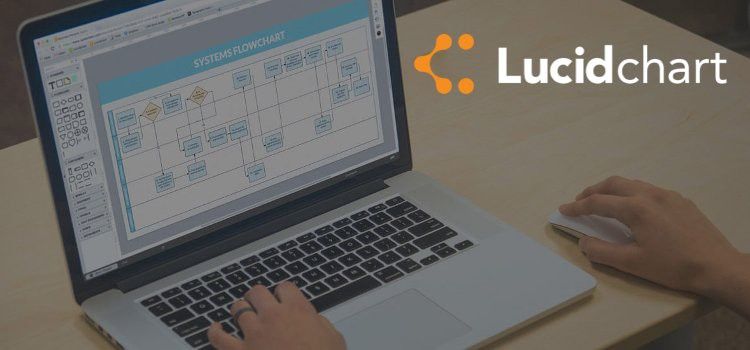Administrators, IT directors, the folks that are in charge of managing software applications, they want and need the tools to manage how Lucidchart is being used.
Connectivity is important. Nobody wants to be disconnected from humanity, afloat on a sea of loneliness and isolation, the ability to interact with others long since forgotten. The Lone Ranger might seem cool, but ultimately he’s just some dude riding around a barren wasteland, utterly alone.
If you’re part of a large company, staying connected is incredibly important. The only way companies rise and flourish is by individuals working together as cohesive team members, each employee funneling work and ideas up the food chain, creating the life blood that each business requires as sustenance. Without connectivity, the ability to sustain that life blood is drastically reduced.
To understand how to connect, we must first understand shadow IT, the term describing systems or solutions used within a company without explicit approval from that company. This obviously presents a major problem to administrators trying to bring all employees together under one technical roof — if everybody is using their own, unmonitored software solution, how is each employee going to be able to quickly and effectively work and connect with their fellow employees?
Lucid Software recognizes this problem. After creating Lucidchart, the application designed for easily sketching and sharing professional diagrams, they realized that the high demand for their product called for a solution that could connect all Lucidchart users working for the same company under the same umbrella.
“Administrators, IT directors, the folks that are in charge of managing software applications, they want and need the tools to manage how Lucidchart is being used,” said Dan Cook, Director of Operations at Lucid Software. “What happens with Lucidchart, folks will find this on their own and use their company’s email address to sign up for an account. When they do this, IT directors have no idea what’s going on. They don’t know these individuals have signed up for Lucidchart on their own, they don’t have any control over what’s being done in Lucidchart, when employees leave the company they have no control over retaining IT that’s been created within Lucidchart…Our product team, as well as input from customers, has led us to create this enterprise-grade version of Lucidchart.”
Lucidchart’s new enterprise version promotes more connectivity, visibility, and control within each company. Instead of having 1,000 different employees using their own versions of Lucidchart, the enterprise software allows the connection and transparency of each account.
“There were a lot of companies that had, in some cases, thousands of Lucidchart users who self-served and were using our free account,” Cook said. “When we reached out to those companies, with the intent of trying to sell more Lucidchart, we found there was a serious appetite from IT administrators and decision-makers to consolidate and enable control on how they’re using Lucidchart.”
In addition to all the features already available in Lucidchart, the enterprise version offers advanced security and admin controls. Administrators can merge all users into one single account, control who has access to documents and where they can be shared, manage license requests, and monitor payment settings.
“The idea that people are using applications that they don’t know about, that’s every IT guy’s worst nightmare,” Cook said. “Who knows whether they’re stealing company information, or when they go home every night they’re taking proprietary stuff with them and sharing it with other people. So this really spurred the advent and migration towards the larger enterprise opportunities.”
If every IT administrator’s worst nightmare is shadow IT, compatability issues are a close second. Because Lucidchart wants every admin to experience a sweet and dreamless sleep, it tries to minimize the nightmares experienced by users of other applications.
“A key differentiator between us and Microsoft Visio, among other things, is that we want to go where people are already working,” Cook said. “We want to enable people to create really great diagrams, charts, mockups, in the environment that they’re working in. Lucidchart integrates with Google Apps and Google Drive so users can create documents straight out of Google Drive.”
Lucidchart also offers a Microsoft Visio import/export tool, making it simple for companies already using Visio to adjust to life with alternative software.
With over four million people using Lucidchart, it’s obvious that an enterprise version was in short order. Now that it’s here, users and administrators don’t have to worry about connectivity ever again.
Published 5/29/2015




